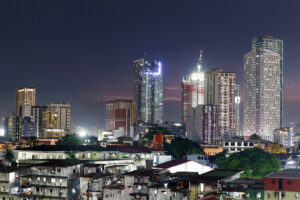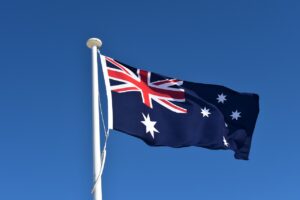PHL remains a lower middle income economy — World Bank

THE PHILIPPINES remained a lower middle-income economy in 2022, according to the World Bank, as its gross national income (GNI) per capita lagged behind most of its Southeast Asian neighbors.
Data posted on the multilateral lender’s website showed the Philippines’ GNI per capita increased by 11.3% to $3,950 in 2022, from $3,550 in 2021.
Despite the increase, the Philippines’ GNI per capita still fell within the World Bank’s bracket for lower middle-income economies of $1,136-$4,465. The income bracket was once again raised from $1,086-$4,255 a year ago.
The Philippines has been classified as a lower middle-income economy since 1987, which is the earliest available data from the World Bank.
In Southeast Asia, the Philippines trailed high-income economies Singapore ($67,200 GNI per capita) and Brunei ($31,410), as well as upper middle-income economies Malaysia ($11,780), Thailand ($7,230) and Indonesia ($4,580).
Aside from the Philippines, other lower middle-income economies in Southeast Asia include Vietnam ($4,010), Laos ($2,360), Timor-Leste ($1,970), Cambodia ($1,700) and Myanmar ($1,210).
The Philippine government is targeting to reach upper middle-income status by 2025. The World Bank raised the bracket for upper middle-income economies to $4,466-$13,845 GNI per capita, from $4,256-$13,205 a year ago.
Rizal Commercial Banking Corp. Chief Economist Michael L. Ricafort said a strong economic performance will help the Philippines achieve its goal to become an upper middle-income economy.
“Philippine gross domestic product (GDP) growth could normalize to around 6% in 2023 and beyond, among the fastest growing economies in Asia, with the stabilization of the GDP base,” he said in a Viber message.
The government is targeting 6-7% growth this year, slower than the 7.6% GDP expansion in 2022.
In the first quarter, the economy grew by 6.4%, slower than the revised 7.1% in the fourth quarter, and the 8% in the first quarter of 2022.
Mr. Ricafort also cited strong remittances, low unemployment, improved infrastructure spending, and the pickup in tourism as factors that will “help reduce poverty and help achieve middle-income status for the country in the coming years.”
In May, the World Bank said the country is “on track” to becoming an upper middle-income economy amid continued recovery and reforms.
The World Bank’s latest update also showed eight countries shifting income classifications. In 2022, Guyana and American Samoa moved to the high-income status, while Indonesia, El Salvador, West Bank and Gaza secured upper middle-income status. Guinea and Zambia are now classified as lower middle-income economies.
However, Jordan was the only country to move down a status. It is now considered lower middle income from its earlier status of upper middle income.
“Not surprisingly, of countries changing income categories in 2022, virtually all moved to a higher category as the recovery from the (coronavirus disease 2019) pandemic continued,” the World Bank said, adding that around 80% of countries improved their GNI per capita versus the 2019 level.
Latest data from the local statistics authority showed that the Philippines’ GNI — the sum of the nation’s GDP and net income received from overseas — rose by 9.9% in the first quarter.
This was slightly lower than the 10.5% a year ago, but higher than the 9.3% in the fourth quarter. — LMJC




